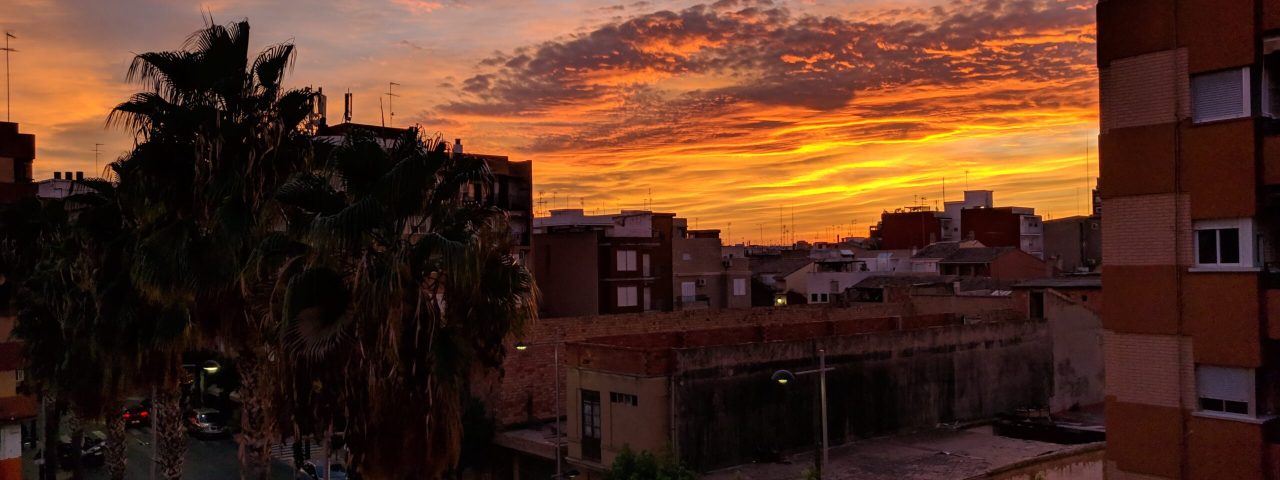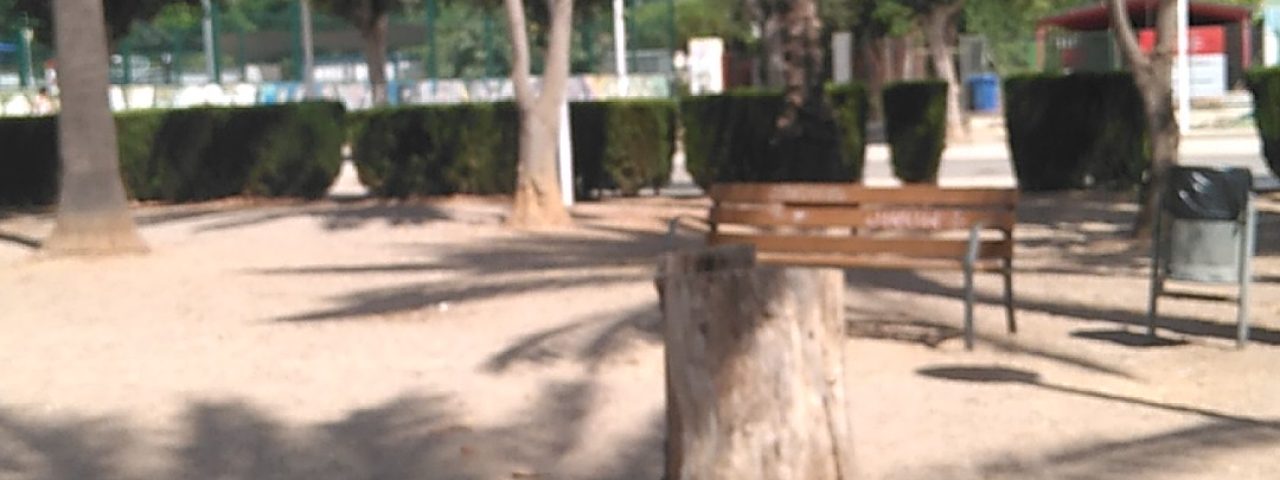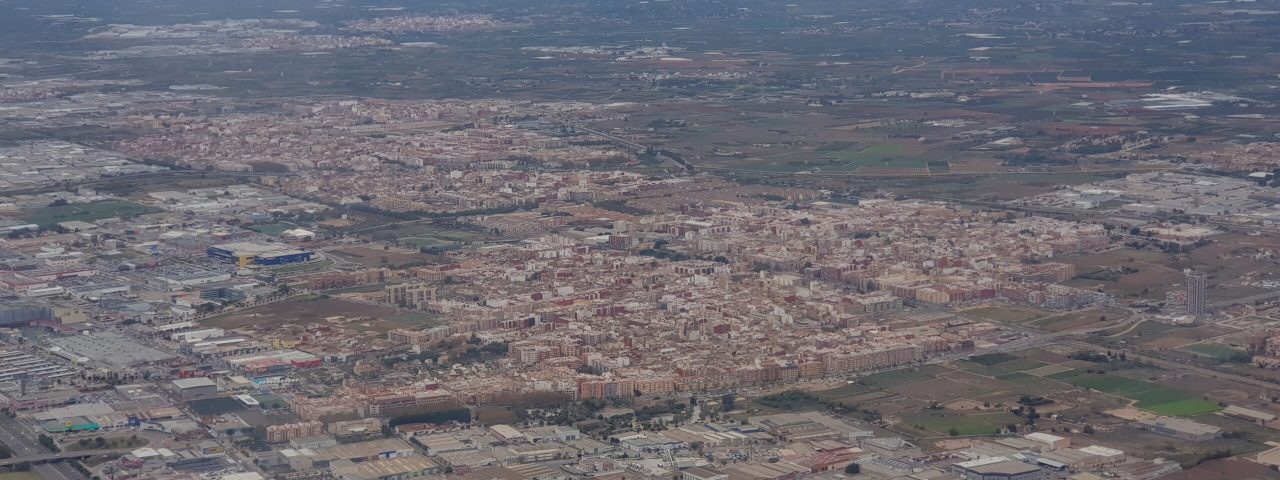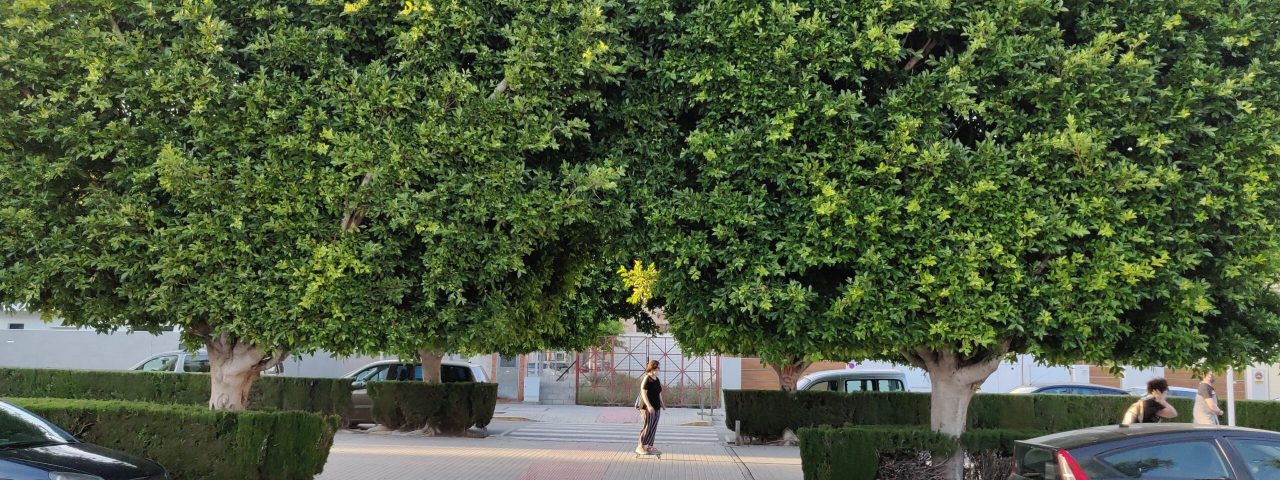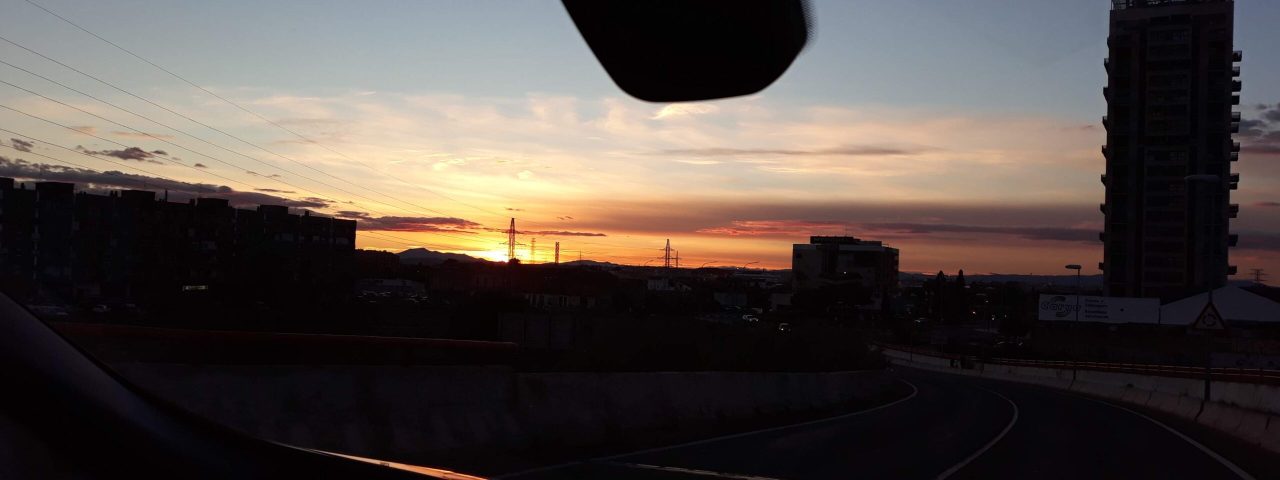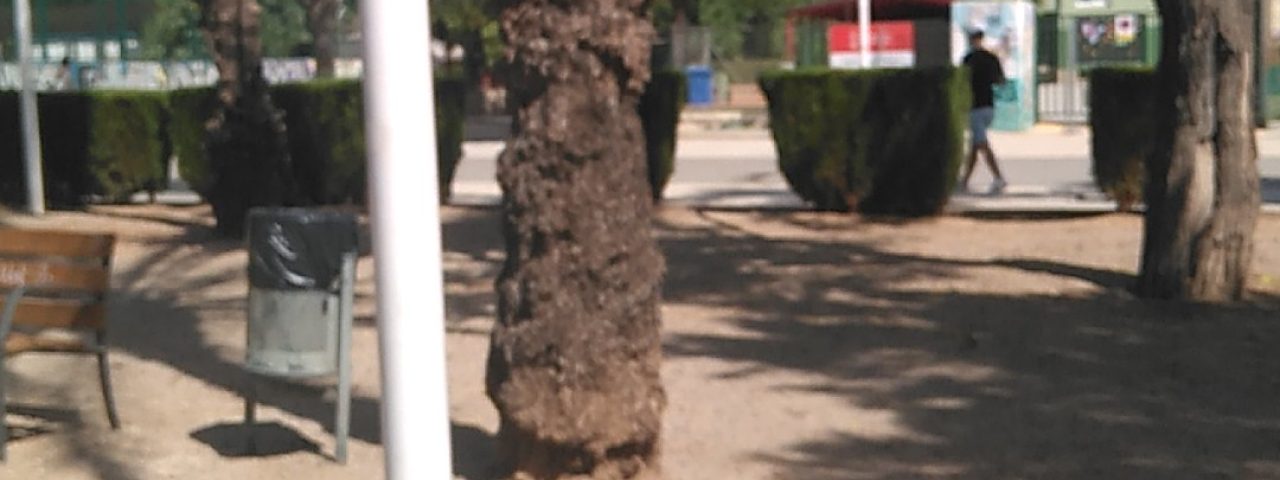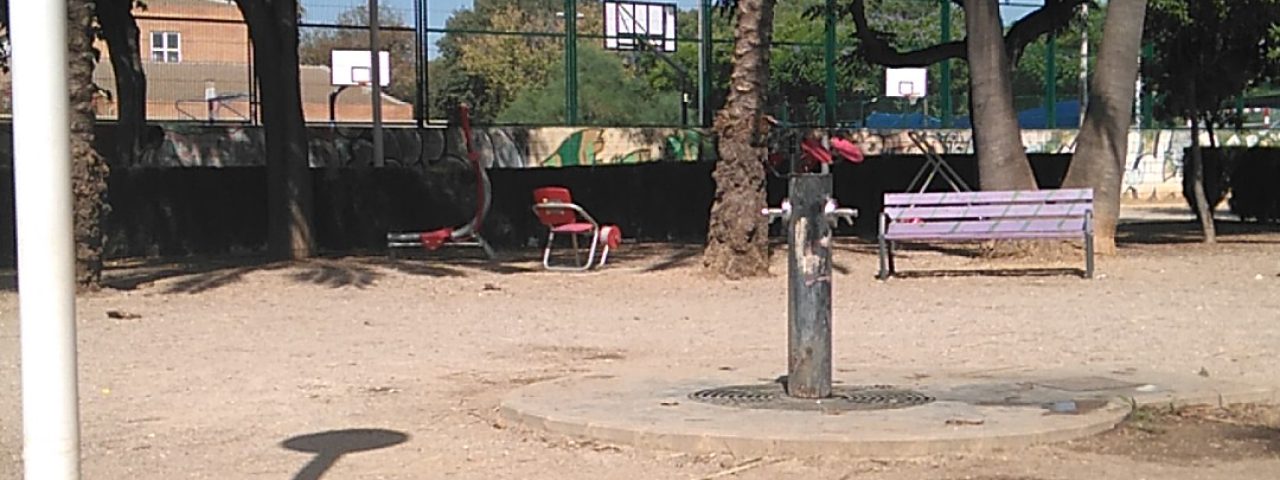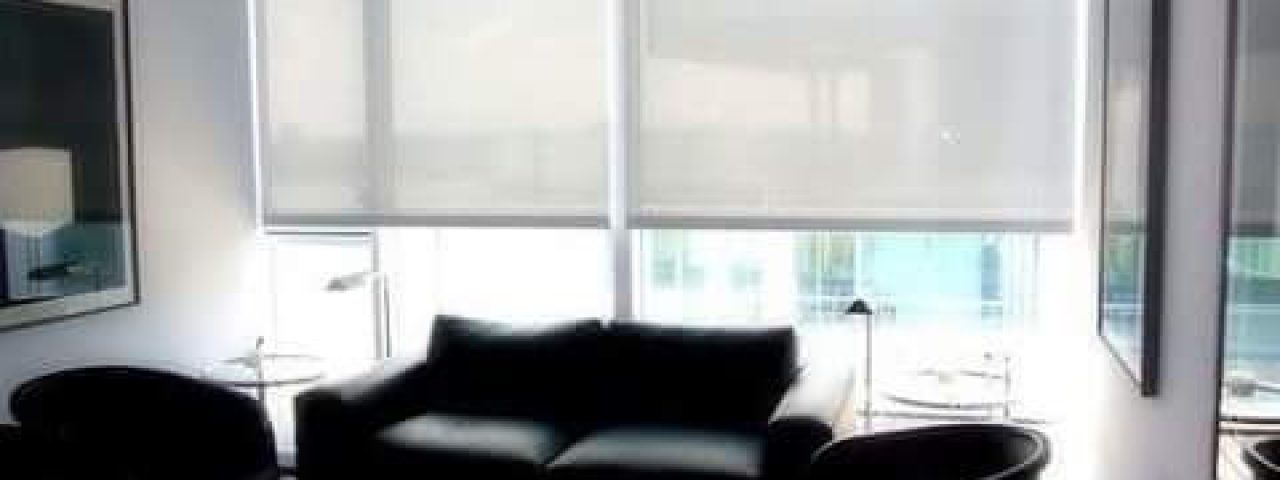Sedaví has a rich historical background influenced by various cultures over the centuries. Its origins can be traced back to Roman times, like much of the Valencian region, and it later became part of the expansive Moorish kingdom in Spain. After the Christian reconquest in the 13th century, Sedaví developed into a small agricultural community, benefiting from the fertile lands surrounding the city of Valencia.
The town is steeped in the traditions of the Valencian region, with a strong connection to regional festivals such as Las Fallas, which is celebrated every March. While Sedaví is smaller than nearby Valencia, it hosts its own version of these festivals, with impressive fireworks displays, parades, and traditional Valencian attire. Another significant event is the celebration of the town’s patron saints during local fiestas, where the streets come alive with music, dance, and religious processions.
Culturally, Sedaví is also known for its deep-rooted musical heritage, with local brass bands often performing during festivities. This musical tradition is a source of pride for the town and plays an important role in community life. Visitors can experience the richness of this culture during local events and festivals, which highlight both the historical and contemporary influences that shape Sedaví today.

